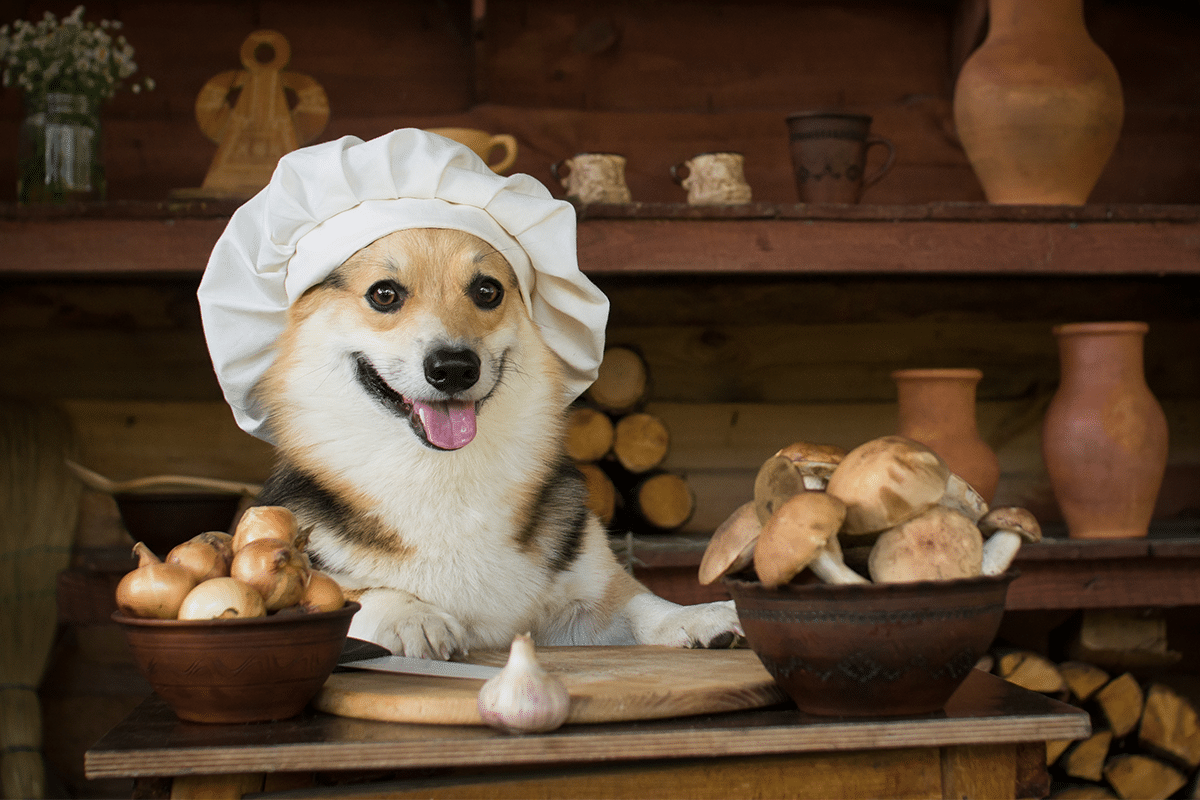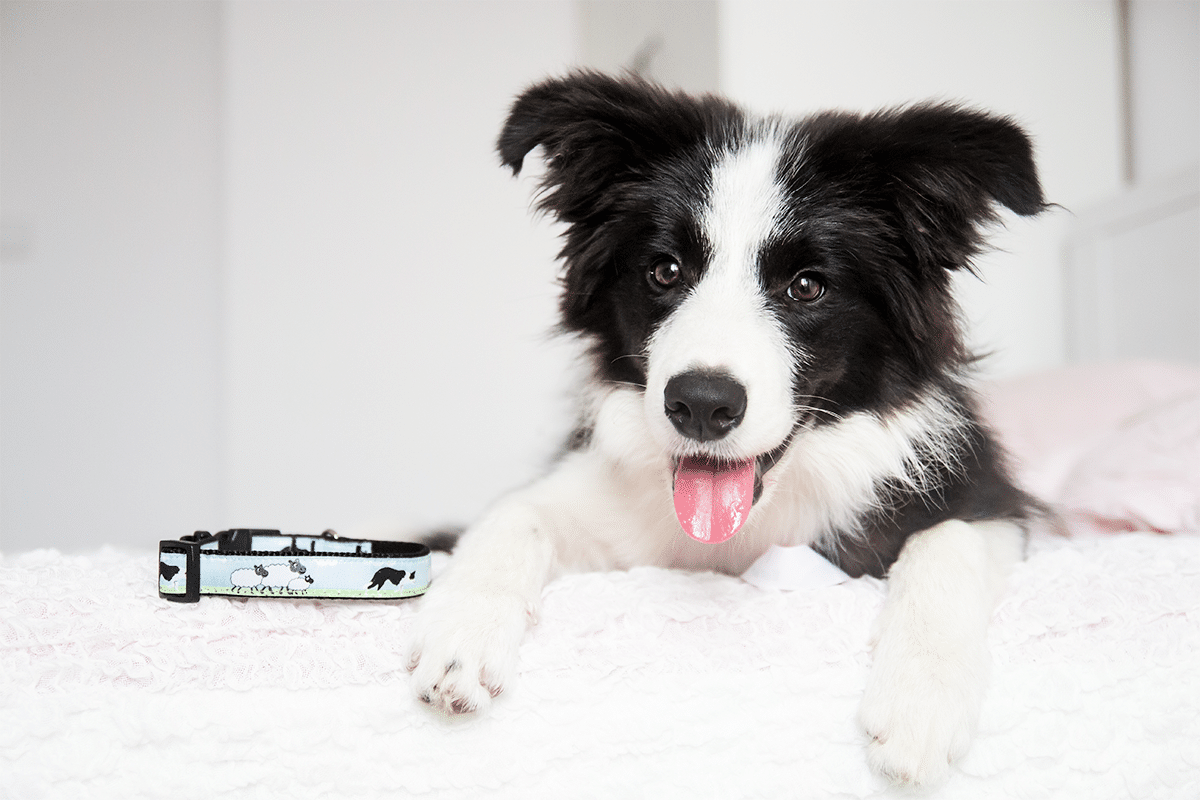

Dogs have been an integral part of human history for thousands of years, evolving from wild ancestors into loyal companions and helpers. Over time, their roles have expanded beyond hunting to include guiding, healing, and entertainment. These remarkable creatures have shaped cultures and societies in ways often overlooked. Their loyalty, intelligence, and adaptability have allowed them to provide comfort, protection, and support across generations. Dogs remain deeply embedded in human history, influencing civilizations in ways that continue to be felt today.
First Animal to Be Domesticated

Dogs were the first animals to be domesticated by humans, marking the beginning of an ancient partnership. Evidence suggests that domestication occurred approximately 15,000 years ago, when wolves began scavenging near human camps. Over time, this relationship evolved as wolves adapted to human life, gradually becoming dogs. This bond is considered the most extended and most successful human-animal partnership, based on mutual benefit and companionship.
Ancient Egyptian Burials with Dogs

In ancient Egypt, dogs were highly valued and often buried with their owners. These loyal companions were seen as guardians in the afterlife, and their presence in tombs symbolized protection and love. Archaeologists have discovered mummified dogs in royal and commoner graves, suggesting that they held a sacred role. This tradition reflects how dogs were revered, not just as pets, but as part of spiritual beliefs in ancient Egyptian culture.
Early Roman Dog Shows

The concept of dog shows can be traced back to ancient Rome, where dogs were displayed for their abilities and beauty. Romans valued dogs, especially larger breeds like the Molossian hound, which were bred for hunting and guarding. These early competitions were a precursor to modern dog shows, highlighting the importance of specific dog breeds in Roman society. While they weren’t as elaborate as today’s events, these contests laid the foundation for the competitive world of dog breeding.
Vikings and Their Canine Companions

The Vikings were known for their toughness, and their dogs played a key role in their adventures. Vikings used dogs for hunting, herding, and guarding their ships during long voyages. Dogs were often buried with their Viking owners, showing their significant role in Viking society. These canine companions helped ensure the survival of their human counterparts, providing loyalty and assistance on perilous journeys.
Dogs in Early Agriculture

As humans transitioned from a nomadic to a settled lifestyle, dogs played a vital role in the development of agriculture. Dogs helped with herding livestock, guarding crops, and assisting in hunting, which was crucial for food production. Their protective instincts and loyalty made them invaluable partners for early farmers. This partnership between humans and dogs helped establish agricultural societies, which laid the foundation for the development of modern civilization.
The Oldest Breed

The Greyhound is the oldest dog breed, with origins dating back over 4,000 years. Ancient Egyptians prized these dogs for their speed and used them for hunting, often depicting them in tomb art. Greyhounds are built for speed, capable of reaching up to 45 miles per hour, which made them essential for chasing game. This breed’s long-standing history in hunting and companionship showcases its unique place in dog history.
Dogs in Warfare

Dogs have been used in warfare for centuries, from ancient battles to modern-day military operations. During World War I and World War II, dogs served as messengers, guards, and even bomb detectors. Their ability to carry messages across enemy lines and locate injured soldiers made them invaluable on the battlefield. Dogs continue to serve in military roles today, helping with search-and-rescue missions and providing support in dangerous situations.
The Queen’s Corgis

Queen Elizabeth II’s long-standing affection for Corgis has become a hallmark of her reign. She received her first Corgi as a child and went on to own more than 30 of the breed. Her Corgis became famous worldwide, often appearing in public alongside the Queen. This special bond between the monarch and her dogs has become iconic, cementing the Corgi as a symbol of the British royal family.
First Dog Collar in Ancient Greece

The earliest recorded use of a dog collar dates back to ancient Greece, where dogs were given collars for protection during hunting. These collars were made of leather or metal and helped prevent injuries. Over time, collars became more decorative, reflecting the status of the dog’s owner. Today, collars are an essential part of a dog’s wardrobe, but their origins were much more practical.
Herding Fish with Dogs

Dogs have been trained for some unexpected tasks, one of which was herding fish. In ancient Mediterranean cultures, dogs helped fishermen by guiding fish into nets. This role played a crucial role in enhancing fishing efficiency, leading to increased catches. This little-known chapter in dog history highlights their versatility and ability to adapt to various human needs.
First Guide Dogs in Germany

Guide dogs for the blind were first trained in Germany in the early 20th century. After World War I, a German doctor named Gerhard Stalling began training dogs to help war veterans who had lost their sight. These dogs quickly became vital companions, offering independence to their visually impaired handlers. The concept spread across the world, and today, guide dogs are an essential part of life for many people with visual impairments.
Dalmatians and Firefighting

Dalmatians have a strong historical connection to the fire service, particularly in the 18th and 19th centuries. These dogs were originally carriage dogs, clearing the way for fire trucks and guarding horses. They also helped protect the horses that pulled fire wagons during emergencies. While their role in firefighting has changed, Dalmatians remain symbols of the fire service, embodying courage and protection.
The First Cloned Animals

In 2005, a dog named Snuppy became the first dog to be cloned, marking a significant achievement in cloning science. Snuppy was created using a technique called somatic cell nuclear transfer, which involves transferring the genetic material from one dog into an egg cell. This breakthrough showed that mammals, including dogs, could be cloned successfully. Snuppy’s birth opened the door to further advancements in genetic research and cloning technology.
Dogs in Exploration

Throughout history, dogs have accompanied explorers on some of the most significant expeditions. From the Arctic to Antarctica, dogs have played essential roles in helping humans survive harsh environments. Sled dogs, in particular, were crucial to polar explorers, as they helped transport supplies and navigate rugged terrain. The role of dogs in exploration highlights their endurance and adaptability in extreme conditions.
Dogs in Modern Science

Dogs continue to play an essential role in scientific research, particularly in psychology and medicine. Their ability to form complex relationships with humans has made them ideal subjects for studies on behavior and cognition. Dogs have also made significant contributions to medical research, helping to develop treatments for various diseases, including cancer and epilepsy. Their ongoing involvement in scientific research ensures that they remain vital to many fields of study.
The Tail End Of History

Dogs have always been more than just pets—they’ve been companions, workers, warriors, and even explorers. Their loyalty, intelligence, and adaptability have made them invaluable throughout history. Dogs have left a lasting impact on human societies, proving time and time again that they are true partners, not just animals. So next time you give your dog a treat, remember: you’re not just rewarding a pet, you’re acknowledging a historical hero in fur who has been by your side through thick and thin.
The post 15 Fascinating Facts About Dog History appeared first on iHeartDogs.com.
via Whisker Therapy